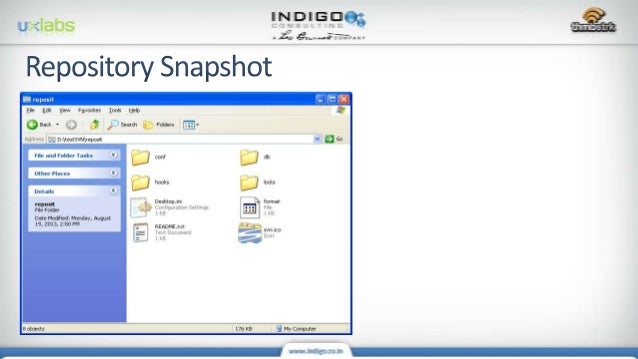

This can be useful when renaming a repository, to avoid breaking links to the old name. It is possible to define aliases of repositories that act as "pointers" to real repositories. The repository names must be unique across all providers and duplicate names are discarded. You can define your repositories through a mix of providers, but each repository should only be defined in a single provider. Additional providers are available as plugins. Repository providers included with Trac are the database store, the trac.ini configuration file and the GitWeb configuration file. Each repository must be defined in a repository configuration provider. Trac supports multiple repositories per environment, and the repositories may be for different version control systems.

The version control systems can be enabled by adding the following to the section of your trac.ini, or enabling the components through the Plugins admin page. Subversion and Git must be explicitly enabled if you wish to use them. Support for version control systems is provided by optional components distributed with Trac, which are disabled by default. Alternatively you can synchronize on every request or disable the use of cached repositories, both of which have performance drawbacks and reduced functionality, but are easier to configure. Configure your repository hooks to synchronize the repository.Synchronize the repositories with the cache, if using cached repositories.Add repositories through the Repositories admin page, using trac-admin or by editing the section of trac.ini.Enable the repository connector(s) for the version control system(s) that you will use.This page describes the guidelines and caveats when connecting Trac to a repository.
#Subversion admin code#
Trac is primarily used as an issue tracking and project planning system, but can also be used to connect to and maintain source code repositories.


 0 kommentar(er)
0 kommentar(er)
